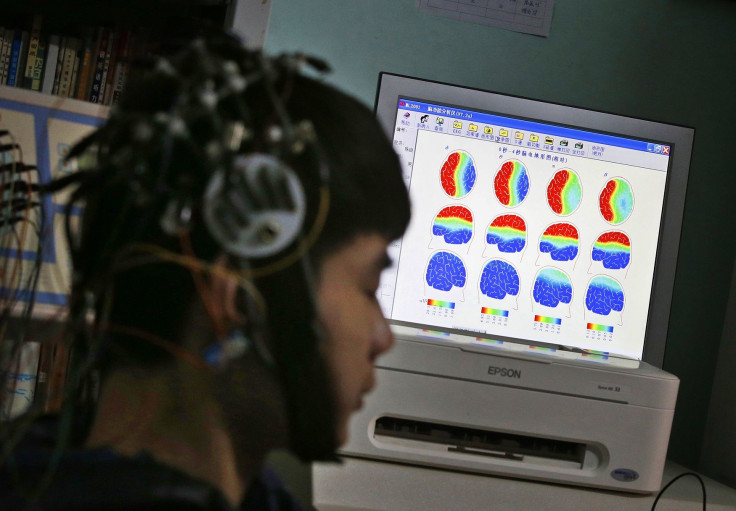Scientists point towards brain pathway as source of Obsessive-Compulsive Disorder

A research team may have finally established the connection between brain activity in the brain's amygdala and Obsessive-Compulsive Disorder (OCD). It appears that a certain protein may trigger the arrival of OCD.
Kai Schuh and his team from the Julius-Maximilians-Universitat (JMU) of Wurzbug, Germany have found out the underlying causes of OCD in the brain. According to Nature, they figured out that the absence of the SPRED2 protein can trigger "excessive grooming behaviour."
The protein SPRED2 is found in high concentrations in the basal ganglia and the amygdala in the brain. This protein inhibits a particular signal pathway of the cell, called the Ras/ERK-MAP kinase cascade.
However, the absence of the SPRED2 may trigger the receptor tyrosine kinase TrkB to become extra active in this pathway. This was connected to grooming behaviour that Schuh and his team observed in mice.
They eventually tried administering an inhibitor for the receptor in their animal subjects. This was able to improve symptoms of OCD. The team was also able to treat the mice with antidepressants, similar to conventional therapy for humans with OCD.
According to Science Daily, around two percent of the world's population may suffer from some form of OCD. This is characterised by intrusive thoughts that sufferers try to solve through repetitive ritualised activities.
Statistics from the Better Health Channel said that OCD affects two to three percent of Australians. This usually begins in late childhood or early adolescence.
OCD is treated with antidepressants, similar to other conditions such as depression and eating disorders. However, OCD drugs are non-specific and are therefore not built exclusive for OCD.
Antidepressants can also have side effects on its patients. These include agitation, anxiety, nausea and dizziness. According to the International OCD Foundation, therapies such as Exposure and Response Prevention (ERP) is also used to treat OCD.
This method exposes an OCD patient to thoughts, images, and situations that make him or her anxious and trigger OCD. Afterwards, therapists will help patients find a way to refrain from their compulsive behaviour once OCD is triggered.
This method is often used alongside medication. However, it does not work all the time. This situation has urged scientists to look for targeted treatment methods that are fit for OCD patients.
"Our study delivers a valuable new model that allows the disease mechanisms to be investigated and new therapy options for obsessive-compulsive disorders to be tested," Schuh said.
He added this discovery may open new targets for OCD therapy. It seems drugs that inhibit the Ras/ERK-MAP kinase cascade are already available and are even approved for human treatment. The aforementioned drugs are cancer drugs, as it was found out in previous studies that the over-activation of the kinase cascade is also a cancer trigger.






